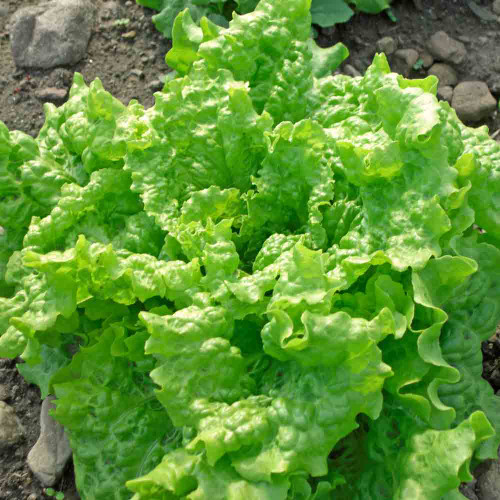Description
Cumin - Spice of the Nile
A member of the carrot family, cumin has a along history dating back to the Persians, Egyptians and Hebrews.
Details
This small annual herb has slender, dark green leaves that are divided into narrow segments with white or pinkish flowers. The fruits are commonly called seeds and are narrow, greenish or gray-brown. Not to be confused with Black Cumin (Nigella sativa).
Hardy to zone 8 and frost tender, it is in flower from June to July, and the seeds ripen from Aug to Sept. Harvest when the heads are starting to brown by clipping heads and storing in paper bags to complete drying. Separate the fruits from the stems by rubbing between the palms. Will store for up to a year without loosing flavor or aroma.
History
Cumin is an ancient herb - well known to the Persians, Egyptians and Hebrews and referenced in the Bible. Preserved seeds have been found in the tombs of the Pharaohs. It was used as payment for taxes in Roman times, as well as being a substitute for black pepper, a rare spice in the Silk Road days.
Uses
This classic spice has been found in dishes from Indian, Pakistani, North African, Middle Eastern, Cuban, Mexican and Western Chinese cuisines. The seeds aid digestion, relieve flatulence, colic, and diarrhea, and act as a tonic and stimulant.
Learn More
From the soil to the seed to the food you eat - we'll help you grow your best garden!









